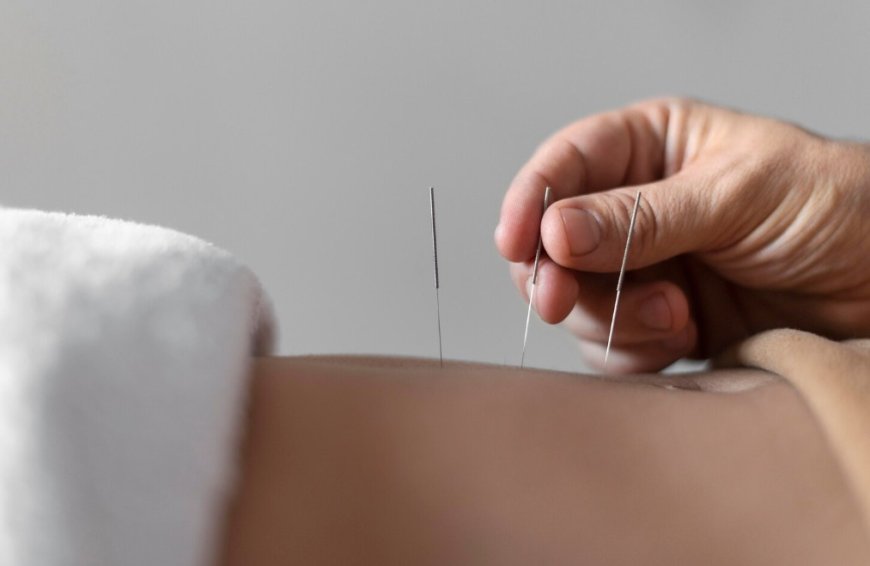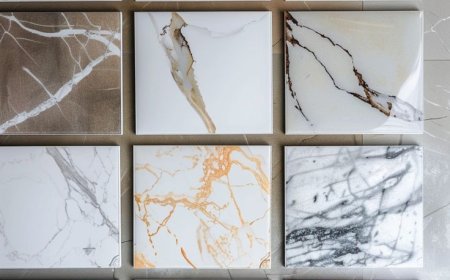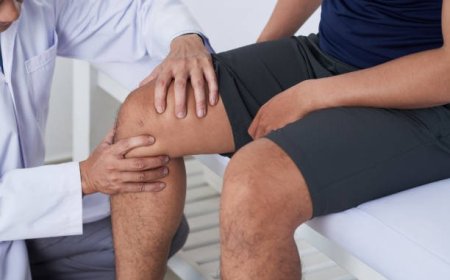Integrating Dry Needling and Chinese Medicine: A Holistic Approach to Healing

In todays healthcare landscape, the blending of traditional and modern therapies has opened new doors to effective pain management and overall wellness. Two approaches that have gained significant attention are dry needling and Chinese medicine. Though stemming from different cultural backgrounds and philosophies, these methods complement each other in promoting healing and restoring balance within the body.
What is Dry Needling?
Dry needling is a therapeutic technique developed in Western medicine. It involves inserting thin, solid needles into specific points within tight muscles or myofascial trigger points. These trigger points are hyperirritable spots within the muscle tissue that often cause pain and restrict movement.
Unlike injections, dry needling uses no medication; instead, the needle itself stimulates muscle fibers to release tension, reduce inflammation, and increase local blood flow. The goal is to alleviate pain, improve muscle function, and promote faster recovery from injuries. Its particularly effective for conditions such as chronic neck and back pain, muscle strains, and sports-related injuries.
The Essence of Chinese Medicine
Chinese medicine, with a history spanning over two millennia, is a comprehensive healing system rooted in the philosophy of balance and energy flow. Central to this tradition is the concept of Qi (pronounced chee), the vital life force that circulates through the body along pathways called meridians.
When Qi flows freely and harmoniously, the body is healthy. Blockages or imbalances in Qi can result in illness or pain. Techniques like acupuncture, herbal medicine, cupping, and Tai Chi are employed to restore this balance.
Acupuncture, a cornerstone of Chinese medicine, also involves inserting needles but targets specific meridian points to regulate energy flow and promote healing. It addresses not just physical symptoms but also emotional and systemic issues.
Synergy Between Dry Needling and Chinese Medicine
Though both involve needles, dry needling and Chinese medicine have different theoretical frameworks. Dry needling is anatomy-based, focusing on muscle and nerve function, while Chinese medicine takes a holistic approach focusing on energy balance and organ systems.
When combined, these approaches offer a powerful synergy. Dry needling can provide rapid relief of localized muscular pain and dysfunction, while Chinese medicine supports overall balance, addressing underlying energetic or systemic imbalances that might contribute to recurring issues.
For example, a patient with chronic shoulder pain might benefit from dry needling to relax muscle knots, while acupuncture and herbal treatments from Chinese medicine could improve circulation and address emotional stress that exacerbates the condition.
Benefits of an Integrated Approach
Increasingly, healthcare providers trained in both disciplines are incorporating them into integrated treatment plans. Patients often experience faster pain relief, improved mobility, and enhanced well-being.
Moreover, the combination supports long-term health, not only treating symptoms but also enhancing the bodys resilience and capacity for self-healing. This integrative strategy is especially useful for chronic conditions, where a multi-faceted approach is often necessary.
Conclusion
Dry needling and Chinese medicine each offer unique strengths in the realm of healing. By bridging modern therapeutic techniques with time-honored wisdom, their integration presents a holistic pathway to pain relief and wellness. For those seeking comprehensive care that addresses both the physical and energetic dimensions of health, combining these methods may offer the most effective and lasting results.




































